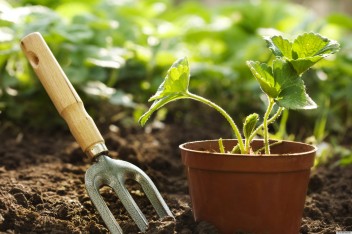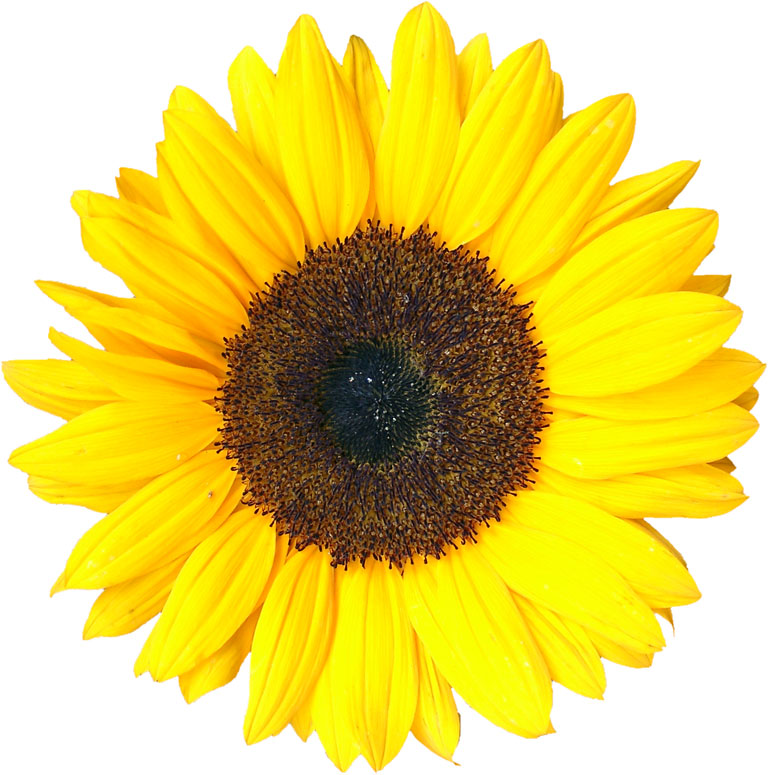 Gardening is intriguing, but can be intimidating if gardening is not something that you were raised with. However, it is not as difficult as it looks, especially after learning the basics, which should give you the boost of confidence that you need to get out there and garden! Gardening makes you appreciate nature in a way you wouldn’t expect, and gives you a mental break from an often tenuous daily life. There is something truly beautiful about creating life (or rather helping it along from seed to plant). There is even evidence that interacting with nature is good for mental health! (search: forest bathing).You can grow food or flowers indoors and outdoors, so even if you live in an apartment, there is still much you can do! Gardening must haves: gardening gloves, a watering can, weed blocking fabric or cardboard, a few bags of compost purchased or free from your city (more accessible than you may think, I will get into how to make your own later), coconut coir or peat moss (cheap and easy to acquire), hand tools, seedling containers, and seeds! Note: gardening is all about patterns and it is easy to learn once you pick up on the patterns, such as those within plant families and how similar plants have similar needs.
Gardening is intriguing, but can be intimidating if gardening is not something that you were raised with. However, it is not as difficult as it looks, especially after learning the basics, which should give you the boost of confidence that you need to get out there and garden! Gardening makes you appreciate nature in a way you wouldn’t expect, and gives you a mental break from an often tenuous daily life. There is something truly beautiful about creating life (or rather helping it along from seed to plant). There is even evidence that interacting with nature is good for mental health! (search: forest bathing).You can grow food or flowers indoors and outdoors, so even if you live in an apartment, there is still much you can do! Gardening must haves: gardening gloves, a watering can, weed blocking fabric or cardboard, a few bags of compost purchased or free from your city (more accessible than you may think, I will get into how to make your own later), coconut coir or peat moss (cheap and easy to acquire), hand tools, seedling containers, and seeds! Note: gardening is all about patterns and it is easy to learn once you pick up on the patterns, such as those within plant families and how similar plants have similar needs.
- Ask yourself if you are willing to commit to watering plants daily, doing a bit of research, working in all conditions outdoors, and doing even the hard work (weeding PROPERLY)
- Location ! Begin by deciding on a place best suited for growth (plants each have different needs, some like shade, etc)
- Research what plants are best suited for your location and soil type (clay, sandy, tilthy etc). If you’re afraid that raccoons will eat your produce, plant what they don’t eat or plant more! (I will post about what plants are best suited for what conditions soon)
- PLAN: plan to plant similar vegetables together, and plants that do not like to grow together, apart. Do not plant them too close together, they may seem small now but as soon as the heat picks up, plants like squash can take over the entire garden with their vines, while radishes can be planted very close together. This part needs some research, search “companion planting” and “plants best suited to Canadian climate”.
- If your choice of location is outdoors, lay down cardboard or weed blocking fabric (available at dollarama, but cardboard is biodegradable if you prefer a greener option) and cover the weed blocking material of choice with compost soil
- As early as March you may begin to plant your seeds indoors, in a seeding tray filled with thoroughly moistened peat moss or coconut coir. Ensure that the sprouted seedlings get adequate sun exposure from windows
- When the ground has unfrozen, “harden off” the seedlings that you started with, by leaving them outside during the day for a few hours and bringing them inside at night. Cloches are another option to keep the seedling safe from harsh conditions while leaving them outside. Research other options available to you!
- Keep the soil moist but not too wet throughout the time that the vegetables are outdoors, and note that root vegetables uptake water from their deep roots and require thorough watering.
- Keep a journal of when you planted the plants and be wary of harvest dates, some are later than noted because of a colder season, so take note of observations.
- WEED when necessary, for example, quack grass must be pulled out well or it will come back!
